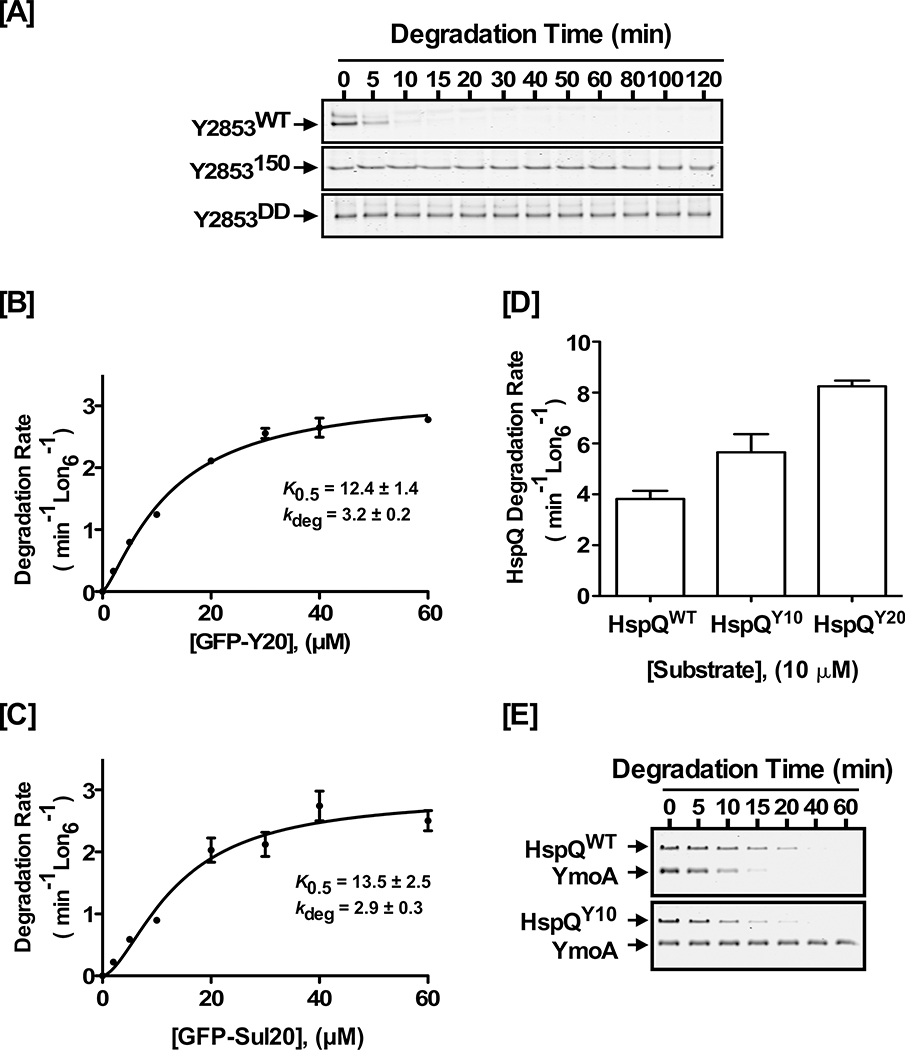Figure 6: Lon activation requires unique signals in the HspQ degron.
(A) Alterations of the Y2853 C-terminal degron impact its recognition and degradation by Lon. In vitro proteolysis of 10 μM each Y2853WT, Y2853150, or Y2853DD by 200 nM Lon6 are shown. (B) Kinetics of GFP-Y20 and (C) GFP-Sul20 degradation by Lon, at a range of GFP concentrations, show that Y2853 has an ideal Lon recognition degron. Degradation rates for GFP-Y20 and GFP-sul20 were fitted to a modified Hill equation. (D) Hybrid HspQ variants HspQY10 and HspQY20, which carry the C-terminal 10 or 20 residues of the Y2853 degron, are recognized and degraded faster by Lon. In vitro proteolysis of 10 μM each HspQWT, HspQY10, and HspQ20 are shown. (E) In vitro proteolysis demonstrating the effect of HspQWT and the HspQY10 hybrid on YmoA degradation by Lon. Lon degrades the HspQY10 hybrid faster, but it is unable to allosterically activate Lon for enhanced YmoA degradation. Representative Coomassie Brilliant Blue stained gels are shown, and the data presented in graphs are from three independent experiments (mean ± SEM).

